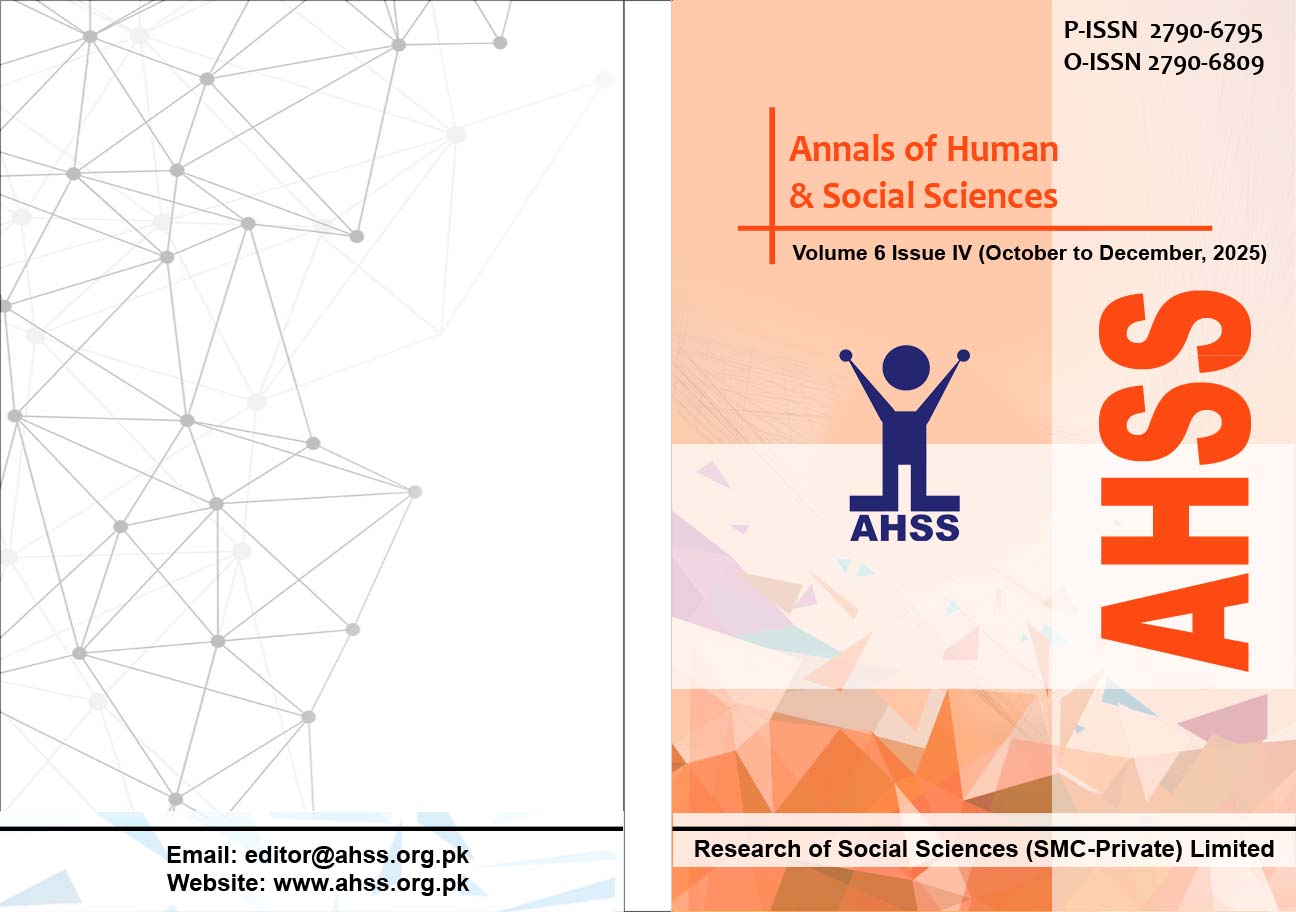The Impact of Terrorism on Political Stability in South Asia: A Comparative Study of Pakistan and Afghanistan
DOI:
https://doi.org/10.35484/ahss.2025(6-IV)25Keywords:
Terrorism, Political Stability, Pakistan-Afghanistan Relations, Counterterrorism Strategies, External ActorsAbstract
This research looks at the effects of terrorism on the political stability in South Asia (Pakistan and Afghanistan). Both nations have suffered from long running insurgencies and violent extremism surrounding groups like the Taliban, al Qaeda or Tehrik-i-Taliban Pakistan. The paper tries to ascertain the extent to which terrorism has eroded state institutions and democratic rule, economic growth and assess how various counter terrorism approaches have been influenced by foreign factors and political institution of each country being effected. The historical origins, socio political forces and global aspects of the terrorism in both those nations are critically examined. In addition, the research assesses the impact of international actors (above all the United States, NATO and, regional states) on the formulation of national counterterrorism policies. This Qualitative research compares experiences in Pakistan and Afghanistan in order to make policy relevant suggestions and contribute to wider debates related to terrorism and political stability in the region.
Downloads
Published
Details
-
Abstract Views: 87
PDF Downloads: 34
How to Cite
Issue
Section
License
Copyright (c) 2025 Annals of Human and Social Sciences

This work is licensed under a Creative Commons Attribution-NonCommercial 4.0 International License.

RESEARCH OF SOCIAL SCIENCES (SMC-PRIVATE) LIMITED(ROSS) & Annals of Human and Social Sciences (AHSS) adheres to Creative Commons Attribution-Non Commercial 4.0 International License. The authors submitting and publishing in AHSS agree to the copyright policy under creative common license 4.0 (Attribution-Non Commercial 4.0 International license). Under this license, the authors published in AHSS retain the copyright including publishing rights of their scholarly work and agree to let others remix, tweak, and build upon their work non-commercially. All other authors using the content of AHSS are required to cite author(s) and publisher in their work. Therefore, RESEARCH OF SOCIAL SCIENCES (SMC-PRIVATE) LIMITED(ROSS) & Annals of Human and Social Sciences (AHSS) follow an Open Access Policy for copyright and licensing.






